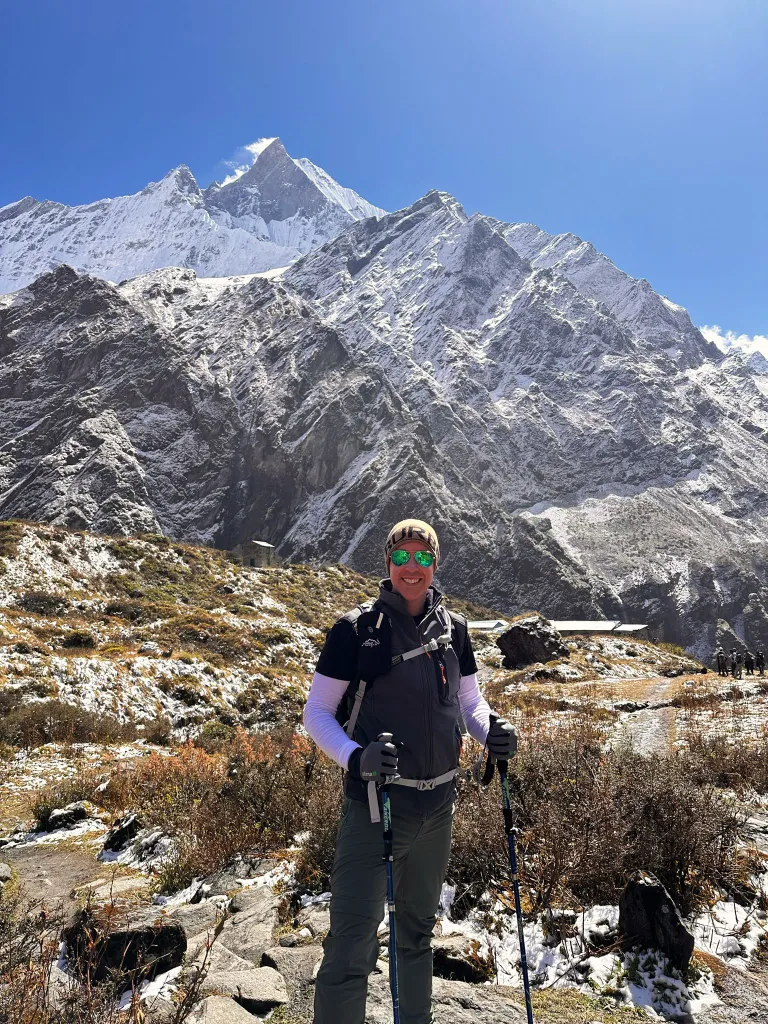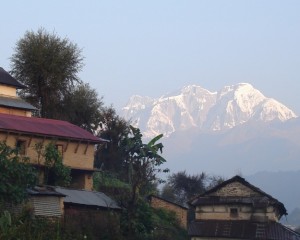Is Yala Peak difficult?
You are looking for an adventurous way to explore the Langtang Valley Trek, so you have chosen to explore its beautiful trekking peak, Yala. But wait—can a beginner really do this peak climbing?
Well, the answer is yes, but there is a catch. You have to maintain good physical health and fitness. Yala Peak is a 5580 m-standing popular trekking peak that gives panoramic views of surrounding giants like Langtang Lirung, Dorje Lakpa, Gangchempo, and Shishapangma.
There are different factors that make it a bit strenuous for Yala Peak climb. Just stay with us as we clear all your doubts regarding the Yala Peak climb difficulty to ensure your journey is magical.
Understanding Yala Peak
Yala Peak is 5580m in the Langtang region of Nepal, an excellent introduction to Himalayan mountaineering. It is situated in the heart of the Langtang region, which is popular for its dramatic landscapes and rich cultural heritage, and closer to the Tibetan border.
The route to Yala Peak is straightforward, with most of it scrambling on rocky paths and a non-technical final ascent accessible for beginner climbers. The journey to the base camp and the climb itself offers a comprehensive Himalayan experience. At the same time, they allow adventurers to fully immerse themselves in the region's natural beauty and Tibetan-influenced culture.
Moreover, the peak's accessibility, combined with the awe-inspiring scenery and cultural richness of the Langtang region, makes it a popular choice for both novice and experienced mountaineers eager to explore the wonders of the Himalayas.
Factors that Influence the Yala Peak Climb Difficulty
Some factors contribute to increasing the majority of the challenges of the Yala Peak. So what are they ? Let's find out.
Altitude and Acclimatization
The climb of Yala Peak takes you to a height above 5000m. In such high elevation there is less oxygen level that can cause risk of altitude sickness. Furthermore, you also have to trek for another 10 days on the rocky path of the Langtang Valley Trek.
To deal with such high altitude gain you have to acclimatize properly. In the itinerary of 15-day Yala Peak Climbing we have made the acclimatization at Kyanjin Ri to help your body adjust and also explore the beautiful monastery of the region.
Fitness Requirement
The climb and trek combined is a 15-day adventure along the ascent path from the Langtang region. So it is required for you to have a good fitness level.
You can maintain this by starting with cardio, strength training and many more in your workout routine. Also, start with a day hike in your area or take the staircase more often when you are at work or school. It can help to give you an example of how trek can be in the region.
Technical Skill
Yala Peak is considered a non-technical climb. However, you still require basic mountaineering skills. The use of equipment such as ice axes and crampons is necessary. You should be prepared for steep and icy sections, as well as scrambling on rocky paths. Getting to know oneself with climbing gear and techniques is essential for a successful ascent.
Best time to climb
The best times to climb Yala Peak are during the spring (March-May) and autumn (September-November) seasons when the weather is generally stable with clear skies and mild temperatures. But even in this season, there are potential challenges, and you should be prepared for them, like changing conditions and the possibility of snowfall, especially in the winter months. The guides from Nepal Vision Treks suggest understanding the weather pattern first which can help you with a successful and enriching Yala Peak experience.
Tips for Successful Yala Peak Climb
- Choose the Right Season: Opt for climbing in the spring (March-May) or autumn (September-November) for stable weather and clear skies.
- Acclimatize Properly: Allow time for gradual ascent and rest days to adjust to high altitudes and reduce the risk of altitude sickness.
- Get in Shape: Before the climb, ensure good physical fitness with cardio, strength training, and endurance exercises.
- Pack Wisely: Bring essential gear such as sturdy boots, warm clothing layers, crampons, ice axe, and a reliable sleeping bag.
- Hire Experienced Guides: Select a reputable trekking company with experienced guides who know the route and can ensure safety throughout the climb.
To wrap up, Climbing Yala Peak is a once-in-a-lifetime adventure in Nepal's Langtang region. At 5,550 meters (18,210 feet), it offers stunning views of Himalayan peaks like Langtang Lirung and Dorje Lakpa, surrounded by rich Tibetan-influenced culture.
What better than Nepal Vision Trek as your climbing partner who ensures a safe and memorable experience with expert guides prioritizing your safety and acclimatization
FAQS






